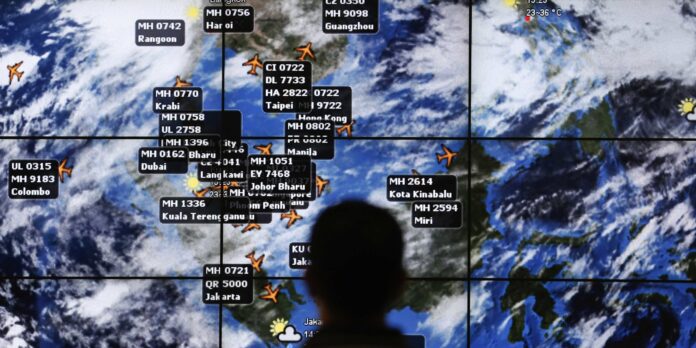Welcome to this week’s edition of cell tower industry news, brought to you by Towercrews.net.
Theories regarding the disappearance of Malaysia Airlines 370 include one that could involve a cell tower. Some believe the plane took an alternate route, one that would have passed over a massive cell tower powered by Celcom. If this is true and someone on the flight left their phone on, it is possible it pinged the tower and would give some concrete evidence as to the whereabouts. For more in-depth look into this theory click here.
Crown Castle, the largest cell tower operator in the United States, plans to expand its headquarters in Canonsburg, Pa. The plan is to expand the existing office into a “campus” style environment by also using the former Mylan headquarters, purchased for $16.9 million in 2012.
There’s a new player in the cell tower industry. Meet Blue Sky Towers, a firm out of Massachusetts starting out with $80 million in equity and debt financing. The CEO says he started the company to fulfill the industry’s need for speed and reliable connections. The company plans to beef up networks in the “top 20 cities,” including construction of around 700 towers and “micro cells” that will be attached to roofs of buildings. More coverage is always a good thing so let’s welcome them with open arms.
The increase in cell towers and the affects it can have on a community can certainly be seen at the municipal level. In Wilmette, Ill.,, the board of trustees plans to give tower builders more leeway in the rules restricting the construction of the towers. This comes after many in the community have expressed concerns over the health risks of cell tower signals, but the trustees assert that they have federal law on their side, which states that health concerns are not a valid reason for denying a cell tower.
In DAS news, RCR Wireless News’ Martha DeGrasse reported this week that the PCIA and HetNet Forum have both been pushing the FCC to remove barriers to deployment of both distributed antenna systems and small cells. They feel the environmental and historic preservation review process for DAS and small cell could be streamlined and feel the shot clock rule should be applied to these two forms of wireless communication as well.

